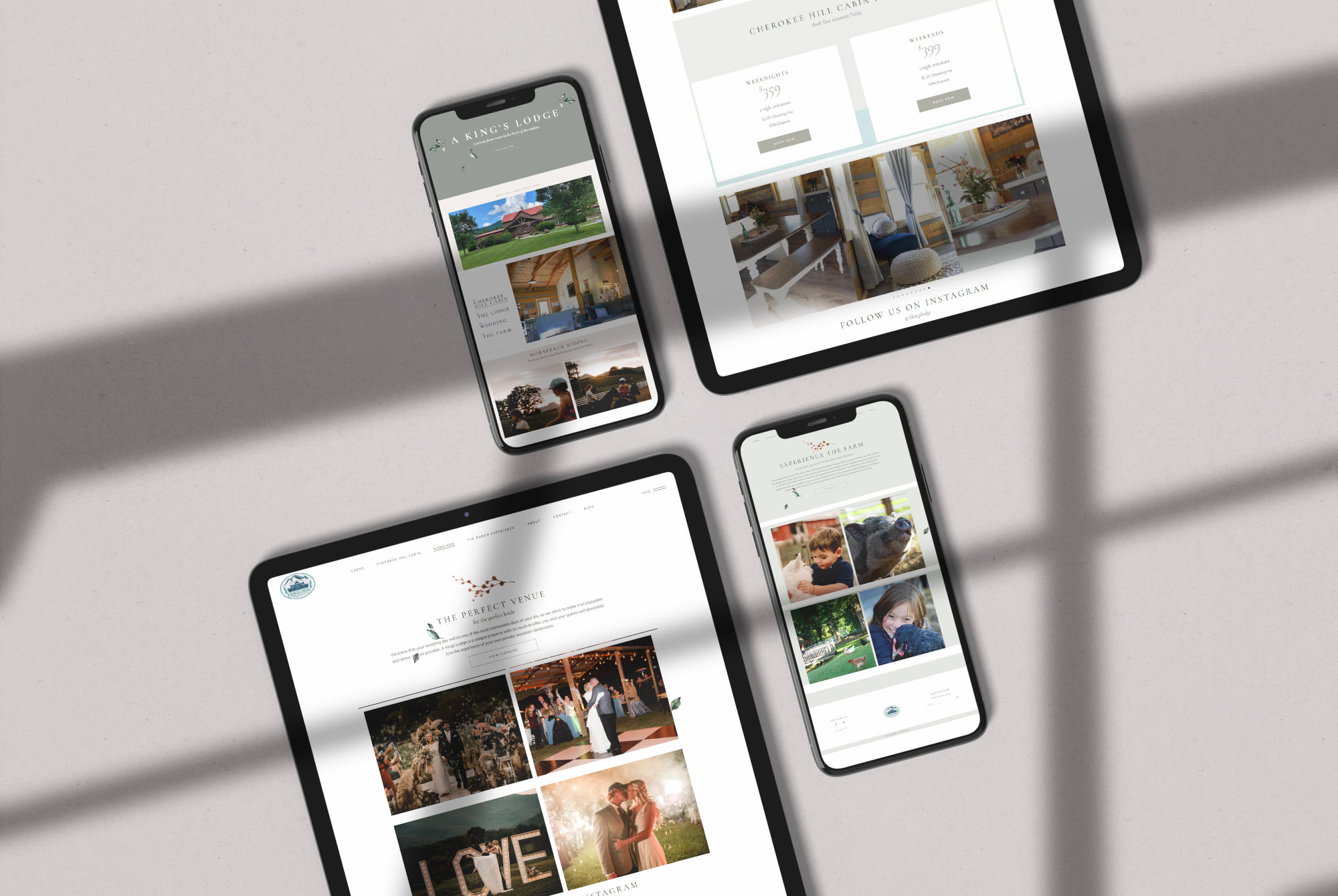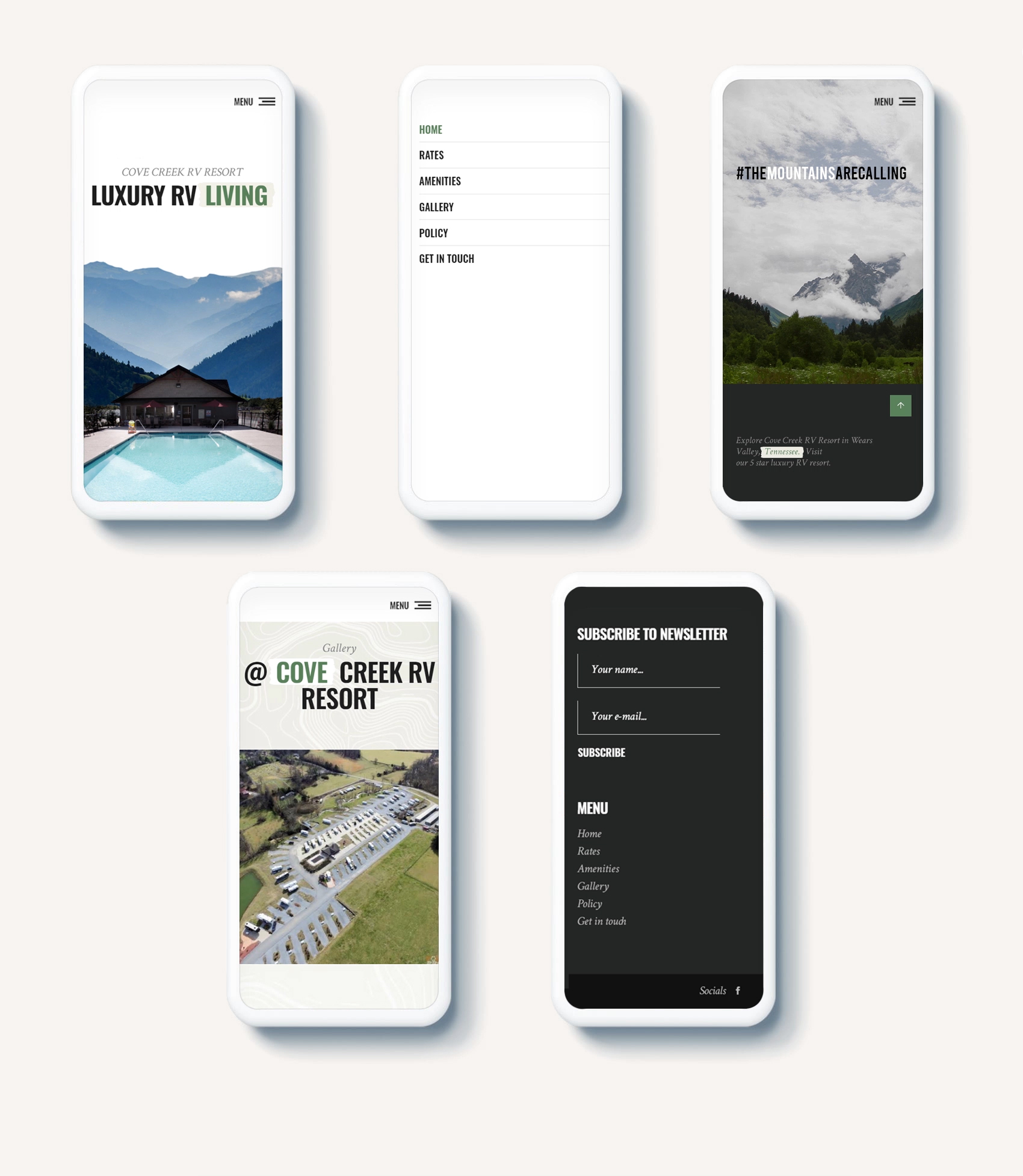
The Website Design Process
The Website Design Process
Vella Crew
We work with e-commerce shops and informational websites. We will either build your website on Shopify or WordPress depending on your business.
In order to design, build, and launch your website, it’s important to follow these steps:
Identify the Goal
We needs to identify the end goal of the website design. We do this in close collaboration with the client or other stakeholders. Questions to explore and answer in this stage of the design and website development process include:
-
-
Who is the site for?
-
What do they expect to find or do on your site?
-
Is this website’s primary aim to inform, to sell (ecommerce), or to educate?
-
Does the website need to clearly convey a brand’s core message, or is it part of a wider branding strategy with its own unique focus?
- What competitor sites, if any, exist, and how should this site be inspired by/different than, those competitors?
-
This is the most important part of any web development process. If these questions aren’t all clearly answered in the brief, the whole project can set off in the wrong direction.
It may be useful to write out one or more clearly identified goals, or a one-paragraph summary of the expected aims. This will help to put the design on the right path. Make sure you understand the website’s target audience, and develop a working knowledge of the competition.
Identify the Scope
One of the most common and difficult problems plaguing web design projects is scope creep. The client sets out with one goal in mind. This gradually expands, evolves, or changes altogether during the design process. The next thing you know, you’re not only designing and building a website, but also a web app, emails, and push notifications.
This isn’t exactly a problem for designers, as it can often lead to more work. But if the increased expectations aren’t matched by an increase in budget or timeline, the project can become unrealistic.
Content Creation
Content serves two essential purposes:
It drives engagement and action
Content engages readers and drives them to take the actions necessary to fulfill a site’s goals. This is affected by both the content itself, and how it’s presented.
Dull, lifeless, and overlong prose rarely keeps visitors’ attention for long. Short, snappy, and intriguing content grabs them and gets them to click through to other pages. Even if your pages need a lot of content, putting all that content in by breaking it up into short paragraphs supplemented by visuals can help it keep a light, engaging feel.
SEO
Content also boosts a site’s visibility for search engines. The practice of creation and improving content to rank well in search is known as search engine optimization, or SEO.
Getting your keywords and key-phrases right is essential for the success of any website. I always use Google Keyword Planner. This tool shows the search volume for potential target keywords and phrases, so you can hone in on what actual human beings are searching on the web. While search engines are becoming more and more clever, so should your content strategies. Google Trends is also handy for identifying terms people actually use when they search.
Our design process focuses on designing websites around SEO. Keywords you want to rank for need to be placed in the title tag — the closer to the beginning, the better. Keywords should also appear in the H1 tag, meta description, and body content.
Content that’s well-written, informative, and keyword-rich is more easily picked up by search engines. This helps to make the site easier to find.
Visual elements
It’s time to create the visual style for the site. This part of the design process will often be shaped by existing branding elements, color choices, and logos, as stipulated by the client. But it’s also the stage of the web design process where we can really shine.
Images are taking on a more significant role in web design now than ever before. Not only do high-quality images give a website a professional look and feel, but they also communicate a message, are mobile-friendly, and help build trust.
Visual content is known to increase clicks, engagement, and revenue. But more than that, people want to see images on a website. Not only do images make a page feel less cumbersome and easier to digest, but they also enhance the message in the text, and can even convey vital messages without people even needing to read.
We provide product photography and videography for your site and social media channels.
Testing
Once the site has all its visuals and content, you’re ready for testing.
We thoroughly test each page to make sure all links are working and that the website loads properly on all devices and browsers. Errors may be the result of small coding mistakes, and while it is often a pain to find and fix them, it’s better to do it now than present a broken site to the public.
Have one last look at the page meta titles and descriptions too. Even the order of the words in the meta title can affect the performance of the page on a search engine.
Launch
Don’t expect this to go perfectly. There may be still some elements that need fixing. Web design is a fluid and ongoing process that requires constant maintenance.
Web design — and really, design in general — is all about finding the right balance between form and function. You need to use the right fonts, colors, and design motifs. But the way people navigate and experience your site is just as important.
Skilled designers should be well versed in this concept and able to create a site that walks the delicate tightrope between the two.
A key thing to remember about the launch stage is that it’s nowhere near the end of the job. The beauty of the web is that it’s never finished. Once the site goes live, you can continually run user testing on new content and features, monitor analytics, and refine your messaging.
Now it’s time for everyone’s favorite part of the website design process: When everything has been thoroughly tested, and you’re happy with the site, it’s time to launch.




